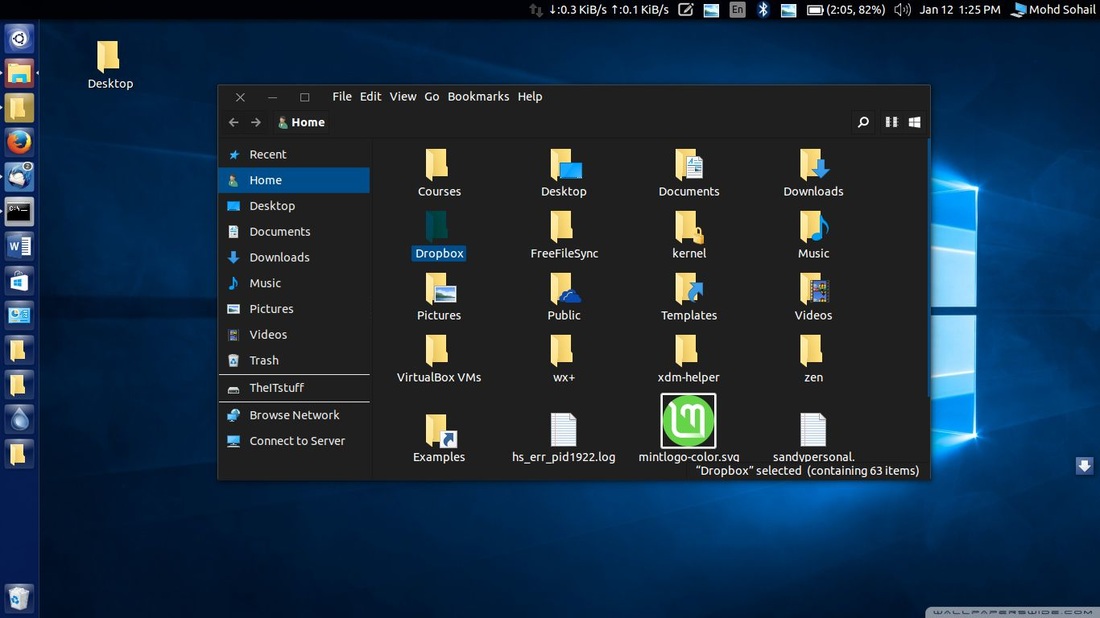

That is how the youth are using the computer so Microsoft is shifting with it. When you want to open skype you type in sk and there is skype. You don't group your icons because you aren't arranging your apps. They don't bother to categorize or navigate to any of their applications.
#WINDOWS 11 DESKTOP GROUPS WINDOWS 10#
In windows 10 they just typed what they wanted in Cortana and click on the program. The browser that puts you first Work, play, shop, stream, connectwhatever you set out to do, Microsoft Edge on Windows 11 helps you do it with speed and security. Studies have been done that show that this is how younger computer users are starting programs now. PowerPoint, Microsoft Edge, Microsoft Teamsthe apps you need work seamlessly with new multi-tasking tools like Snap layouts, Desktops, and a new more intuitive redocking experience. The next generation of computer users grew up using smart phones more than computers and often the apps are in just one large app drawer, so it's easier to search for the app you want. When activated, this feature would group all your instances of an app no matter. Then we navigate through the tree to find what we are looking for. Icon grouping was a new feature in Windows that was introduced in Windows 10. We are used to organizing Files in folders and subfolders, and programs in categories. You can select any type of executable or.
leaving all of us old-timers scratching our head. Add new shortcuts - You can click the (+) icon and it will bring up a file dialogue like the change group icon section. After invoking the menu that shows the available layouts, users can click on a zone in a layout to snap a window to that particular zone and then use Snap Assist to finish building an entire layout of windows. Right-click the desktop and select the Change background option.

there is a paradigm shift happening in how computers are being used by younger users, that Microsoft is trying to get ahead on. Snap layouts are easily accessible by hovering the mouse over a window's maximize button or pressing Win + Z. It's a common joke that with Microsoft it's never a bug.


 0 kommentar(er)
0 kommentar(er)
